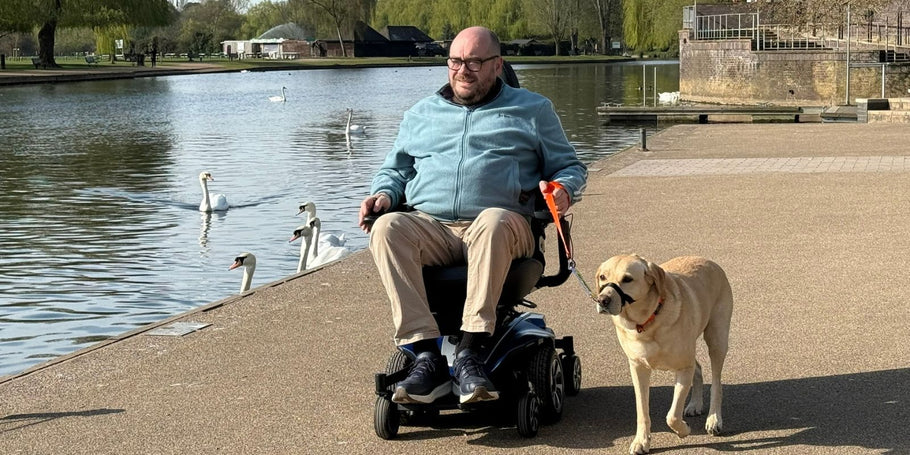Navigating the UK with a mobility scooter or powered wheelchair can significantly enhance your independence and quality of life. However, it's essential to understand the rules and regulations governing their use to ensure your safety and the safety of others. This guide provides a straightforward overview of classifications, legal requirements, and best practices for operating these mobility vehicles safely and responsibly.
Understanding Mobility Vehicle Classifications
In the UK, mobility scooters and powered wheelchairs fall into two main classes:
-
Class 2 Vehicles: Designed primarily for pavement use with a maximum speed of 4 mph (6 km/h). These vehicles are not suitable for use on roads, except for crossing purposes.
-
Class 3 Vehicles: Capable of road use with a maximum speed of 8 mph (12 km/h). They must also feature a switch to limit speed to 4 mph when used on pavements.
Class 3 vehicles don't require a driving licence but must be registered with the Driver and Vehicle Licensing Agency (DVLA).
Legal Requirements for Class 3 Vehicles
If you intend to use your mobility scooter or powered wheelchair on the road, it must meet specific legal criteria:
-
Maximum unladen weight of 150 kg (330 lbs)
-
Maximum width of 0.85 metres (2'9")
-
Speed limiter for pavement use (4 mph)
-
Effective braking system
-
Front and rear lights, reflectors, and indicators
-
Audible horn
-
Rear-view mirror
-
Flashing amber beacon (if used on dual carriageways)
Registration of Class 3 vehicles with DVLA is mandatory but free of charge and includes licensing in the disabled taxation class.
Where You Can Use Your Mobility Vehicle
-
Pavements and Footpaths: Both Class 2 and Class 3 vehicles are permitted on pavements but must never exceed 4 mph. Always prioritize pedestrian safety and give way when necessary.
-
Roads: Only Class 3 vehicles are legally allowed on roads, adhering strictly to the 8 mph limit. It's best to avoid busy roads or routes with high-speed traffic.
-
Cycle Lanes and Motorways: Mobility vehicles are strictly prohibited from cycle lanes and motorways.
-
Dual Carriageways: Use is permissible, though advised against, on dual carriageways with speed limits exceeding 50 mph. If used, your vehicle must have a flashing amber beacon for enhanced visibility.
Safety and Best Practices
-
Training and Familiarisation: Before regular use, familiarize yourself thoroughly with your vehicle’s controls and handling. Professional training is recommended to build confidence and skill.
-
Regular Maintenance: Consistent checks of batteries, brakes, lights, tyres, and other essential components ensure safety and reliability.
-
Visibility: Wear bright, reflective clothing, particularly at night or in low-light conditions. Ensure all vehicle lights function correctly.
-
Insurance: While not legally required, insurance is strongly advised to protect against personal injury, third-party liabilities, or accidental damage.
-
Responsible Parking: Park considerately, ensuring your vehicle does not obstruct footpaths or public areas used by pedestrians, especially wheelchair users or those with prams.
Eyesight Requirements
You should comfortably read a car’s registration number from at least 12.3 metres (40 feet) away to safely operate mobility scooters or powered wheelchairs.
Seeking Impartial Advice
For personalized advice or further information, consider contacting:
-
Disabled Living Centres: Offering personalized assessments and vehicle recommendations.
-
Mobility Centres: Providing training and guidance on appropriate vehicles.
-
Local Road Safety Units: Offering details on local regulations and available safety training.
Understanding and following these guidelines will ensure you have a safe, enjoyable, and independent experience when using your mobility scooter or powered wheelchair. Always prioritize safety, keep informed about regulations, and seek professional advice whenever needed.
